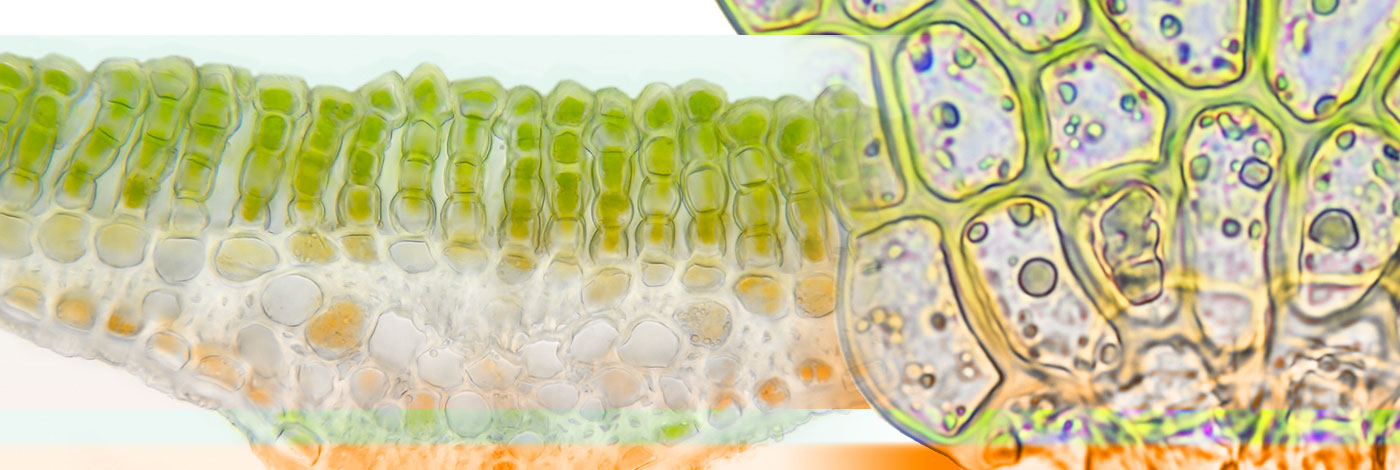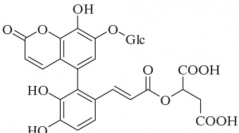

 Cryptogamie, Bryologie
29 (2) - Pages 115-126
Cryptogamie, Bryologie
29 (2) - Pages 115-126In the UV-tolerant aquatic liverwort Jungermannia exsertifolia Steph. subsp. cordifolia (Dumort.) Váña, increased accumulation of certain hydroxycinnamoylmalic acid (HCM acid) derivatives has been observed under natural and artificial increases of UV radiation. We hypothesized that, under an artificial UV enhancement, the newly grown shoot apices would develop more physiological protection against UV radiation than the basal old parts.
Both the UV increase and the tissue age affected the distribution of HCM acid derivatives after 82 days of culture. Two coumarins (5U-(7U,8U-dihydroxycoumaroyl)-2-caffeoylmalic acid, and its glucosyl derivative) significantly increased under the UV treatment, but their distribution between the apical and basal parts were opposite, where the former was more concentrated in the apical segments and the latter in the basal segments. p-Coumaroylmalic acid also showed a significant increase due to UV, and increased by the same proportion in both types of segments. In contrast, the main compound phaselic acid decreased in the apical parts under UV, whereas feruloylmalic acid only accumulated in the basal parts under UV. Physiological variables indicative of vitality, such as the maximum quantum yield of PSII (Fv/Fm) and chlorophyll concentration, did not show any damage caused by the UV enhancement in the liverwort studied. The different distribution of the abovementioned compounds between apical and basal parts - together with the increase of carotenoids in the UV treatment - may indicate changes in metabolic pathways to increase photoprotection in young apical shoots.